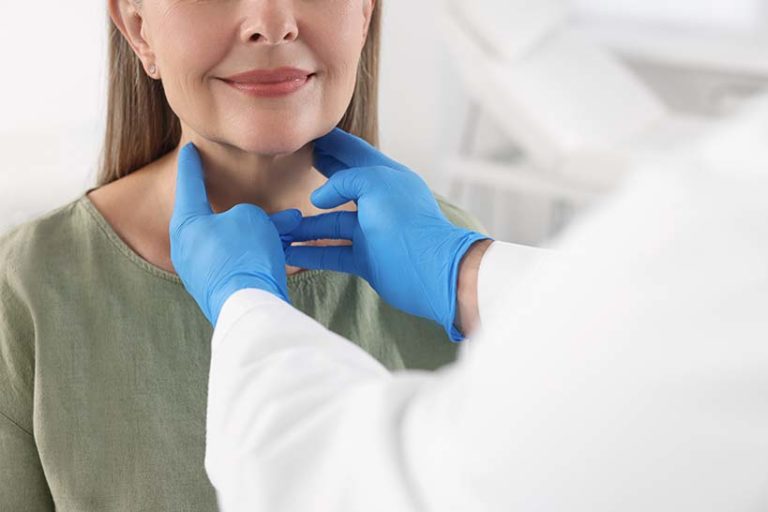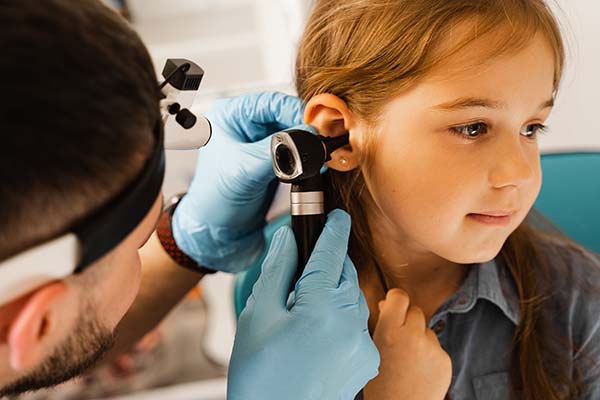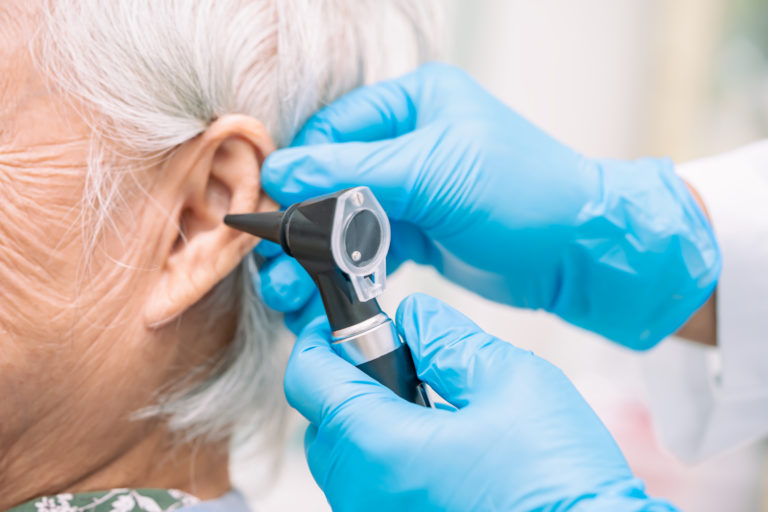Recovery And Care After A Grommets Surgery
Grommets are tiny tubes that are surgically placed into the eardrum to help fluid drain and let air into the middle ear – this is a common surgery for people with glue ear – a condition where complications in the eustachian tube trap fluid in the middle ear and make it an ideal home for bacteria’s which leads to otitis media. This leads to earaches, frequent ear infections, and hearing loss.
These can restore hearing and solve language and speech issues in children while also reducing ear infections. This is especially recommended if someone has had more than 3 ear infections in the last 6 months.
Suppose you or your child had a grommet surgery. In this article, we’ll tell you things you should be cautious of and how to take care of the patient properly. Starting right after the surgery.
Let’s get started.
The Grommets Are In, What’s Next?
After the operation, your child will return to the ward, and the anaesthetic will wear off in a while. Once they’re comfortable and have had some food, the doctors will have a check-up to see if there are any complications – if not, you’re all set to take them home.
The hospital might give you a discharge letter from your doctor. This is to inform your GP (general practitioner) of your child’s operation, so hand this to your GP as soon as possible. You’ll also be given a copy to keep for yourself.
Going Home
You should avoid public transport for the time being. We advise you to let someone else drive you home while sitting in the rear seat with your baby.
What To Expect After The Surgery
Occasional Pain And Soreness
The majority recover fast and are on their feet the next day. They don’t feel pain or soreness. Mild discomfort can be controlled with over-the-counter medications like paracetamol or ibuprofen. Your doctor might recommend antibiotic eardrops if it continues. Never give aspirin to children or teenagers younger than 19 years of age.
Improved Hearing
However, they do notice an improvement in their hearing, so don’t be surprised if your child finds everything too loud. They’ll be used to it before you know it.
Bleeding
Your child’s ear might ooze or bleed a little for the first few days, it’s completely normal. Just clean the outer ear of the discharge. Don’t attempt to clean inside the ear. Just avoid poking cotton buds in there.
Follow-Up Visits
These will be required until the grommet falls out, as they are designed to. The hole in the eardrum will gradually heal, pushing the grommet into the ear canal – and in about 6-12 months (up to 2 years), it’ll fall off. A small scar might remain in the eardrum, but it won’t affect hearing.
It might end up sticking to wax, and the doctor can remove it during a visit. Or it might fall off on its own. A general rule is that small grommets stay a shorter time than bigger grommets.
The surgeon will inspect the ear every 2 to 4 weeks after the surgery. There might be a hearing test to measure hearing improvement and find any underlying sensorineural (inner ear or nerve) hearing loss that was hidden because of the conductive hearing loss by the glue ear.
It’s necessary to continue visiting even if your baby seems fine – the tube can become blocked, shift positions, or even fall out – so doctor check-ups will ensure everything is working as it should be.
It all depends on the situation. Some children require follow-ups for several years.
Keeping Ears Dry
What you have to avoid the most after a grommet insertion is an infection. In most cases, this happens from water getting into the ears. So, keeping the ears dry is of utmost importance.
And this is the most challenging during baths and showers. You can counter these by putting on earplugs. Alternatively, you can put cotton wool coated in vaseline into the ear. Just avoid cutting the wool into small pieces and putting them in too deep as it becomes a hassle to get out – ideally, the pieces should be the size of adult thumbnails, and you should put them in the shell part of the ear.
The cotton wool method is particularly useful because it can be thrown away after each use. Drying and cleaning the earplugs of all the discharge is quite hard. Reusing earplugs also have the risk of reintroducing the infection through the bacteria from the surface of the plug.
You can use shower caps over the plugs or wool for extra caution.
Swimming With Grommets?
Yes, your child can swim fine with the grommets in (avoiding full dives), however, it’s advisable to put earplugs and tighten them with headbands. Avoid swimming for the first week after the surgery. Still, avoiding swimming altogether is the safer option.
Sports With Grommets?
Yes, your child can play resume all normal activities that don’t involve water after two days of the surgery, including sports.
Returning To School?
Your child will need a day or two off from school after the surgery. A week off if adenoids (a patch of tissue that’s high up in the throat, right behind the nose) were removed as well.
Flying With Grommets?
You can fly after a day or two of the surgery. In some cases, flying is almost comfortable, as the ear pressures automatically equalize through the grommet.
Warning Signs
Your child can experience some of these symptoms – if a grommet displaces, gets blocked, doesn’t drain properly, or falls out before its time. Treatments are available for these – there are eardrops to unblock a tube or clear up the discharge.
When To Visit The Doctor Or Hospital
These are a few of the important signs you should be careful of. Contact your doctor if your child has-
- Discharge continues even after 2 days of the surgery. This is a sign of infection, even if your child doesn’t feel particularly ill
- A fever
- Hearing difficulties
- Dizziness, or a loss of balance
- Pain in the ear that won’t go away or is getting worse
- About the Author
- Latest Posts
Dr Ronald Chin is an Australian trained Otolaryngologist Head and Neck Surgeon.
After graduating as a Fellow of the Royal Australasian College of Surgeons, Dr Chin undertook further specialised training in Head and Neck Cancer at the Royal College of Surgeons in Ireland.
He has published many research papers and is an active teacher and scholar.
As part of his subspecialty training, Dr Chin has training in Laser, Da Vinci Robotic, Flex Robotic and complex surgical techniques.
In addition to specialised Head and Neck Cancer, Dr Chin also enjoys general adult and paediatric ENT Surgery and practices sinus, snoring/sleep and general paediatric ENT Surgical procedures.
Dr Ronald Chin works as a general Otolaryngologist, offering a wide range of surgical and non-surgical treatments including ear surgery, nose surgery and throat surgery. He provides treatment for chronic conditions such as tonsillitis, sinus problems and problems with hearing.
He is also involved in the diagnosis and treatment of many conditions such as facial paralysis, head and neck cancer and sleep apnea. As well as performing surgery on children, he also provides specialist care for adults, including the treatment of throat disorders, voice loss and ear problems.
Dr Chin has also served as a Conjoint Associate Professor at the University of Sydney, a Conjoint Associate Professor at Western Sydney University and an Adjunct Associate Professor at the University of Technology Sydney.







